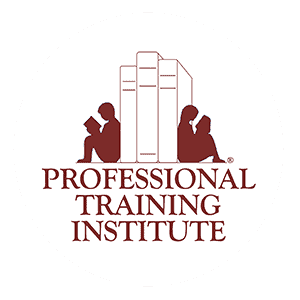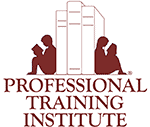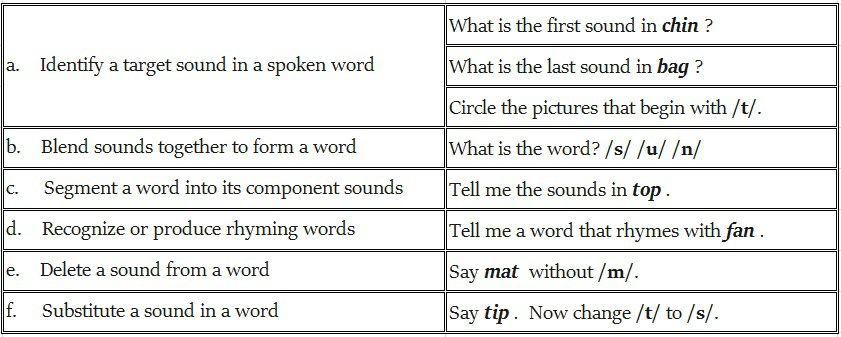The Role of Phonemic Awareness in Literacy Success
When we explore best practices in reading instruction, we see significant reference to and discussion about phonemic awareness. What is phonemic awareness? What role does it play in reading success?
In This Article
The Role of Phonemic Awareness in Literacy Success
Phonemes
Fostering Phonemic Awareness
Assessment
Next Steps
References
Phonemic Awareness FAQs
Phonemes

Fostering Phonemic Awareness
Playing with sounds must play a strong part in early literacy lessons. Teachers can foster awareness of phonemes by designing activities that engage students in isolating, blending, and segmenting speech sounds.
Below are examples of phonemic awareness skills and sample tasks to support their development:
Assessment
Even before a student learns to read, we can predict with a high level of accuracy whether that student will be a good reader or a poor reader by the end of third grade (1, 2 ,3). Education professionals can make this prediction via easy-to-administer brief screening tasks that measure awareness of speech sounds in words.
With new focus on the science of reading, public schools in Massachusetts must screen young learners for dyslexia and keep data on their progress in phonemic awareness and decoding (4). All students benefit from direct instruction in blending, separating, and manipulating speech sounds. Those whose screeners and progress monitoring data reveal need for intervention require targeted small-group teaching and frequent opportunities for practice.
Next Steps
The Lindamood Phoneme Sequencing® Program teaches students to discriminate, blend, and segment speech sounds, with the added multisensory component of feeling the lips, tongue, and vocal cords to aid in classifying sounds. In an engaging way, students learn strategies to feel the differences between very similar sounds such as /t/ and /d/ (time/dime) and /ch/ and /j/ (batch/badge). Additionally, they learn to add (lipàslip), delete (smashàsash), substitute (rootàrule), repeat (siftàsifts), and shift (teaàeat) speech sounds within syllables. Pictures of the mouth and/or colored cubes are used to represent sounds for manipulation before letters are introduced. This facility in “playing with sounds” sets students up for accuracy in reading and spelling.
Education professionals can learn to implement Lindamood® methodology into their whole class, small group, or 1:1 lessons. Special education teachers, reading specialists, teachers of English language learners, and K-3 classroom faculty can attend remote courses with guided practice from an expert presenter.
Set your students up for literacy proficiency! For more information: commlearntraining.com
REFERENCES
- Good, R. H., Simmons, D. C., & Kame’enui, E. J. (2001). The importance and decision-making utility of a continuum of fluency-based indicators of foundational reading skills for third-grade high-stakes outcomes. Scientific Studies of Reading, 5 (3), 257-288.
- Torgesen, J. K. (1998). Catch them before they fall: Identification and assessment to prevent reading failure in young children. American Educator/American Federation of Teachers, Spring/Summer, 1–8.
- Torgesen, J. K. (2004). Avoiding the devastating downward spiral: The evidence that early intervention prevents reading failure. American Educator, 28(3), 6-19
- https://www.doe.mass.edu/sped/dyslexia-guidelines.pdf
[expand title=”Phonemic Awareness FAQs”]
-
What is phonemic awareness, and why is it crucial for early literacy development?
The phonemic awareness definition entails the capacity to recognize and manipulate individual sounds in spoken words, pivotal for early literacy as it establishes the groundwork for comprehending the correlation between letters and sounds in reading and spelling.
-
How do children develop phonemic awareness skills, and at what age does this typically occur?
Children typically develop phonemic awareness skills through exposure to language and explicit instruction, occurring between ages 3 and 7, often before formal reading instruction begins.
-
What are some effective instructional strategies for fostering phonemic awareness in young learners?
Effective instructional strategies include rhyming activities, phonemic segmentation, blending exercises, and phonemic awareness games.
-
How does phonemic awareness contribute to reading and spelling success?
Phonemic awareness enables children to decode words by recognizing and manipulating individual sounds, leading to improved reading accuracy and spelling proficiency.
-
How can educators assess and monitor students’ phonemic awareness skills?
Teachers can assess and monitor students’ phonemic awareness skills through various activities, such as identifying initial, medial, and final sounds in words, segmenting and blending tasks, and phonemic awareness assessments.
-
Can phonemic awareness difficulties indicate potential reading difficulties or dyslexia in children?
Yes, difficulties with phonemic awareness can indicate potential reading difficulties or dyslexia in children, as it is a foundational skill necessary for proficient reading.
-
What’s the difference between phonemic and phonological awareness?
Phonological awareness encompasses a broader range of skills related to the sound structure of language, including phonemic awareness. Phonemic awareness specifically focuses on the ability to identify and manipulate individual phonemes, or speech sounds, within words.[/expand]




